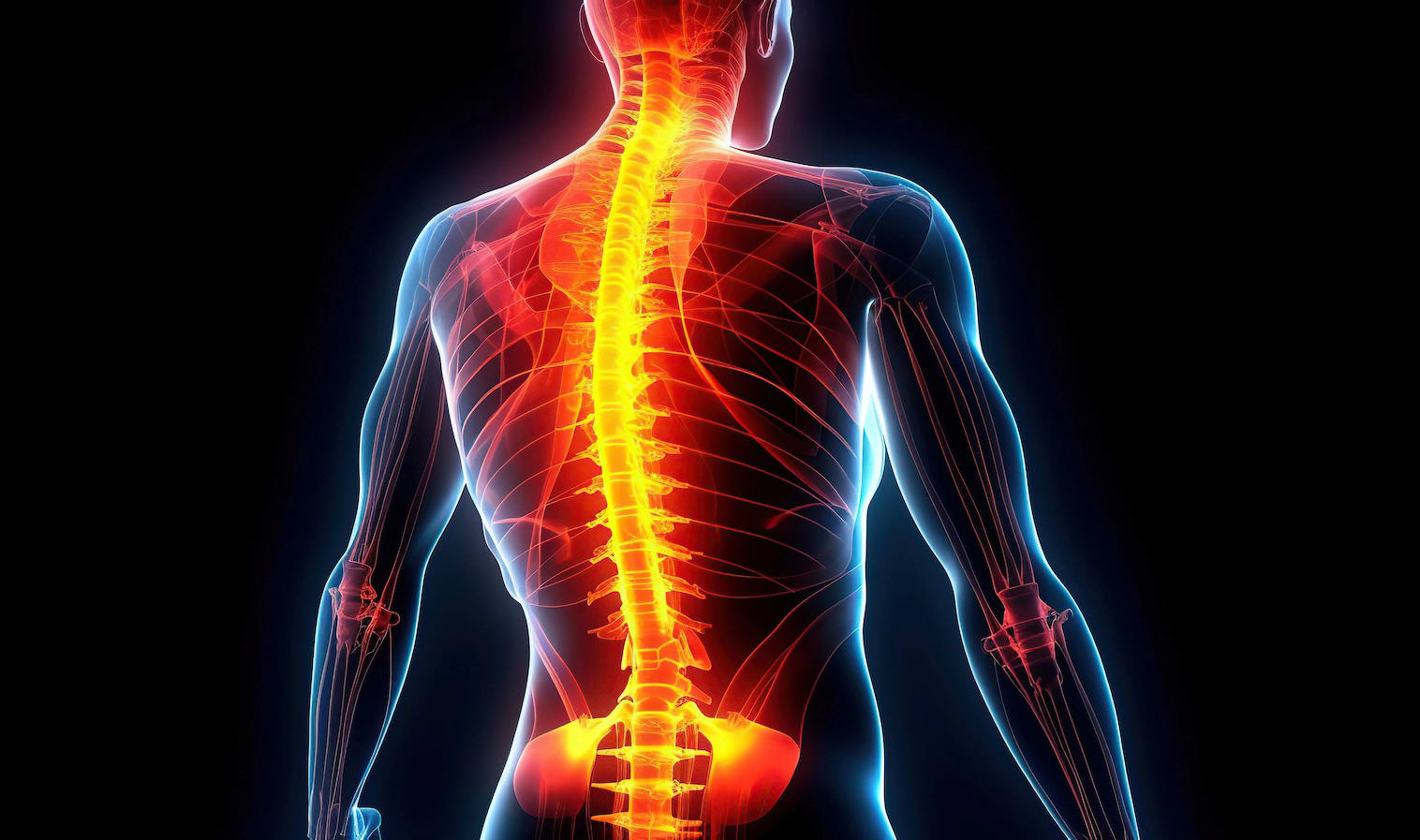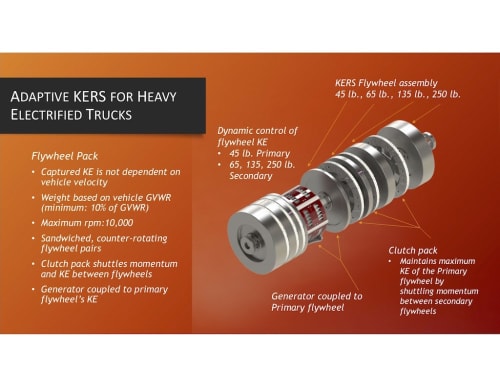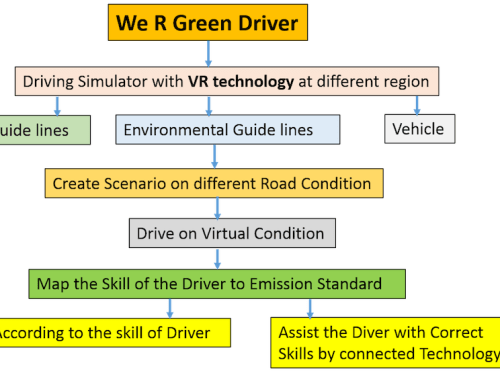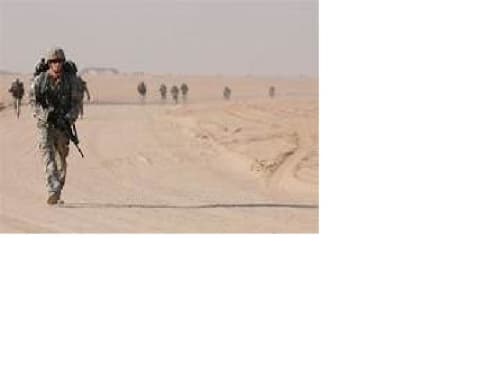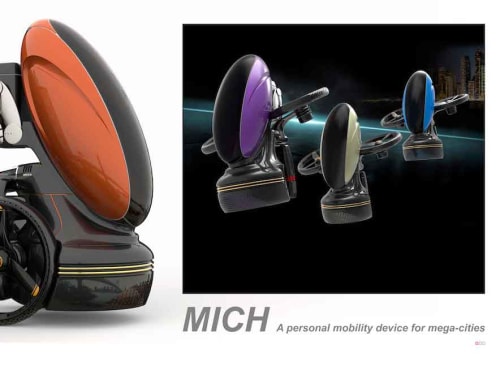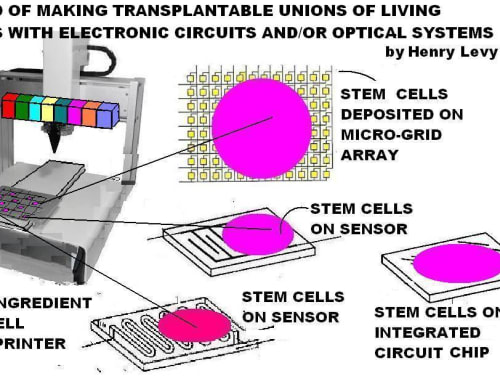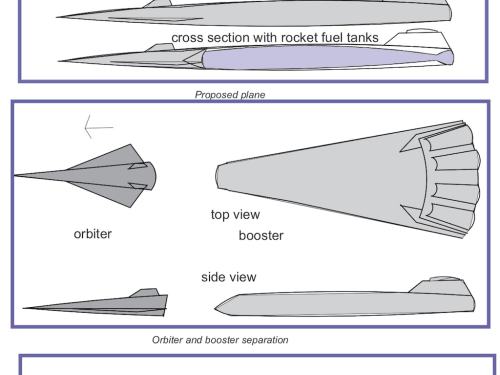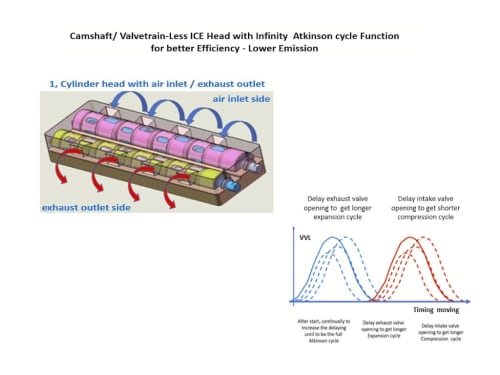The 2025 Contest is Now Open for Entries!
Submit your best new product ideas in any of seven categories for a chance at $25,000 USD and other great prizes. Here’s how to get started.
Help build a better tomorrow
Since Tech Briefs magazine launched the Create the Future Design contest in 2002 to recognize and reward engineering innovation, over 15,000 design ideas have been submitted by engineers, students, and entrepreneurs in more than 100 countries. Join the innovators who dared to dream big by entering your ideas today.
Read About All the 2024 Winning Inventions
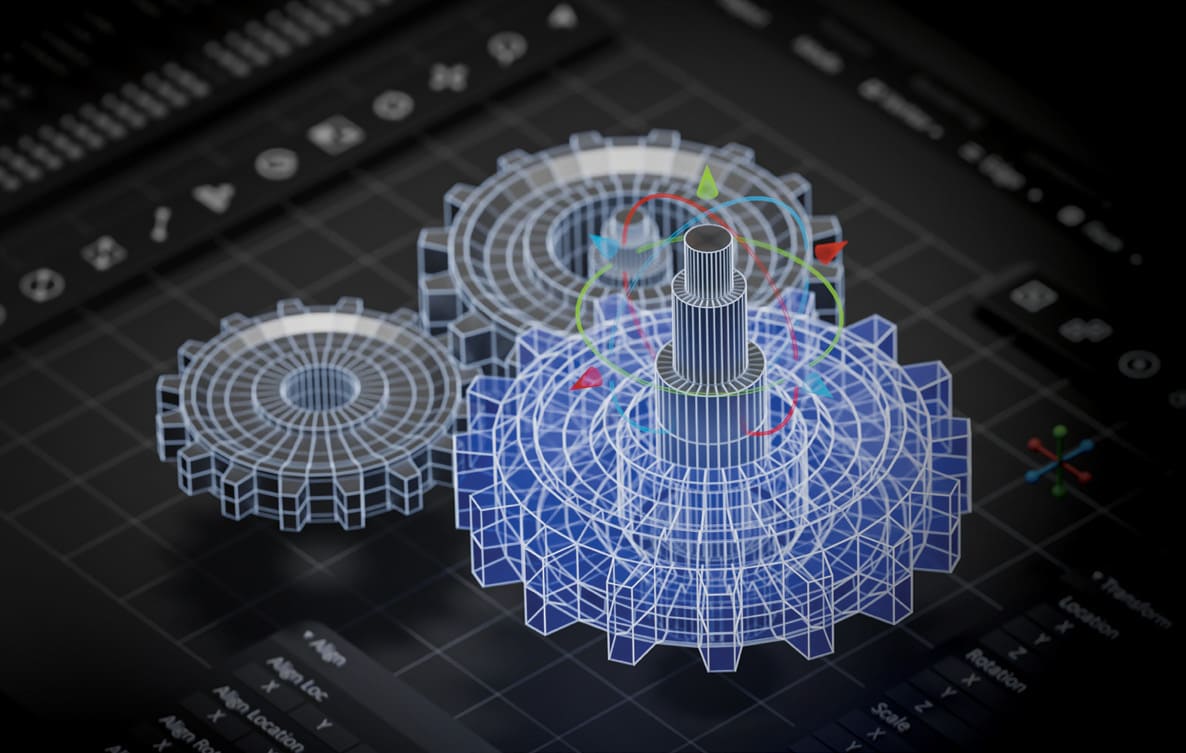
Special Report spotlights the eight amazing winners in 2024 as well as honorable mentions in each category, plus the top ten most popular entries as voted by our community.
Click here to read moreA ‘Create the Future’ Winner Featured on ‘Here’s an Idea’
Spinal cord injury affects 17,000 Americans and 700,000 people worldwide each year. A research team at NeuroPair, Inc. won the Grand Prize in the 2023 Create the Future Design Contest for a revolutionary approach to spinal cord repair. In this Here’s an Idea podcast episode, Dr. Johannes Dapprich, NeuroPair’s CEO and founder, discusses their groundbreaking approach that addresses a critical need in the medical field, offering a fast and minimally invasive solution to a long-standing problem.
Listen nowThank you from our Sponsors
“At COMSOL, we are very excited to recognize innovators and their important work this year. We are grateful for the opportunity to support the Create the Future Design Contest, which is an excellent platform for designers to showcase their ideas and products in front of a worldwide audience. Best of luck to all participants!”
— Bernt Nilsson, Senior Vice President of Marketing, COMSOL, Inc.
“From our beginnings, Mouser has supported engineers, innovators and students. We are proud of our longstanding support for the Create the Future Design Contest and the many innovations it has inspired.”
— Kevin Hess, Senior Vice President of Marketing, Mouser Electronics
contest/2019
2019
THE PROBLEM:
Inefficient capture, storage, and use of a vehicle’s kinetic energy (KE).
Specific issues include:
A. CAPTURING & STORING A VEHICLE'S KINETIC ENERGY:
Vehicles that experience frequent stop-and-start conditions have massive kinetic energy losses.
Background:
Passenger vehicles are the main energy consumer and major contributor of ever-increasing hazardous emissions. Transportation professionals have raised the idea of applying the green concept in various areas of transportation, including green highways, green vehicles and transit-oriented designs, to tackle the negative impact of road transportation.
Utilizing current LED monitor technology, incorporate it into both fabric and complex surfaces, combined with data processing of video imaging. The purpose of this is to project an image on both clothing and surfaces of objects replicating the background of an identified viewer.
For example, an object can be hidden from a viewer without camoflage. Using this approach,
The Kitchen Appliance Recovered Energy System (KARES) consists of a Thermal Synergy Battery, Thermal Microgrid and an integrated system of modular components and appliances that recover, store and reuse thermal energy. The Thermal Synergy Battery utilizes a multistage heat pump to pump heat to successive insulated tanks for hot water storage (to over 50°
Innovative concepts in lightweight engineering for automotive and aerospace applications increasingly trust in Multi-Material-Design. Additionally metal-plastic-combinations are often used in white or brown goods as well as within the furniture industry or in novel architecture concepts. A special challenge for multi material designs is the joining process. Existing technologies to join metals to polymers,
Transplantable unions of living cells and electronic circuits interfaced with body parts, will be used to test, measure, monitor, control, repair, replace, or assist the functioality of body parts.
Ordinary cells and stem cells are deposited upon, grown, attached to, united, and coupled with non-rejectable electronic circuits, sensors, radio tranceivers, optical, electro-optical, and/or computer systems,
TransNet 2.0- an integrated transportation system for the 21st century
Ground transportation in its different modes (road, rail, pipelines, utilities, etc) represent a growing requirement for a modern society. At the same time such infrastructures requires not only huge financial investment usually from state agencies but also large amount of areas that are taken away from city functions ,
SHUTTLE 2-The multibody spaceplane aircraft technology possibilities
Following recent advances in aircraft design, a possible optimal solution for a spaceplan, to carry a payload in orbit could be a multibody vehicle, having the advantages of both the SSTO and the TSTO. Considering that 90% of the load is fuel,
The mainly new design mechanism consists of with an air intake tubular set and exhaust tubular set. both sets are with an inner tube that is driven by the crankshaft though the driving chain at 1:2 ratio. Both sets are with outer tube that driven by signal from ECU to control the timing changing.
Page 23 of 53
